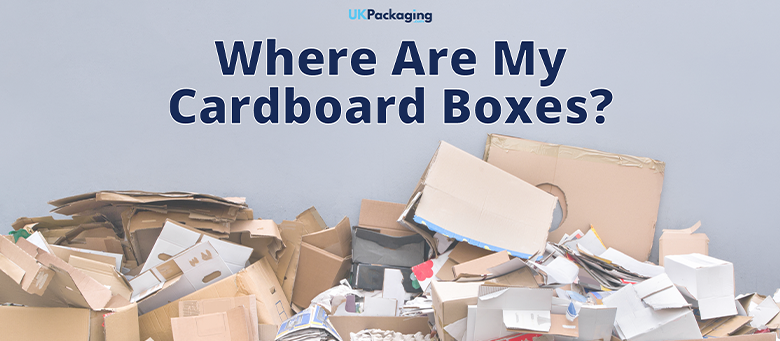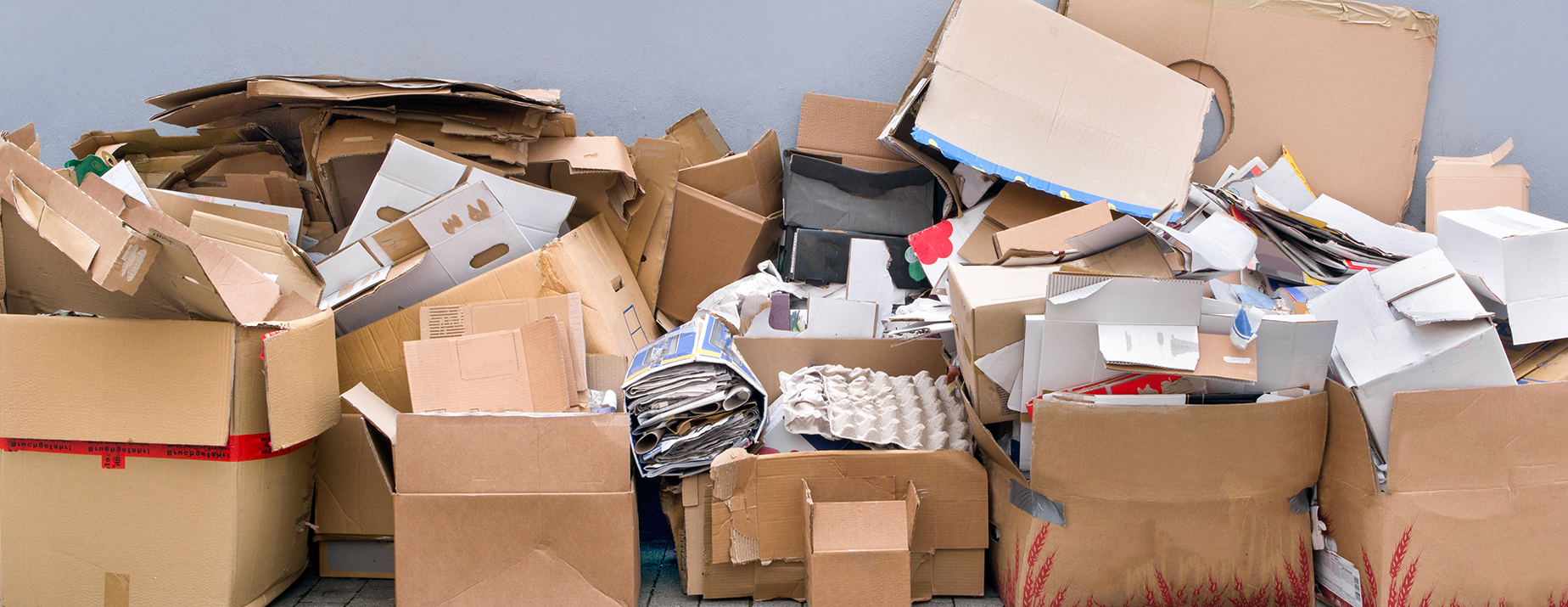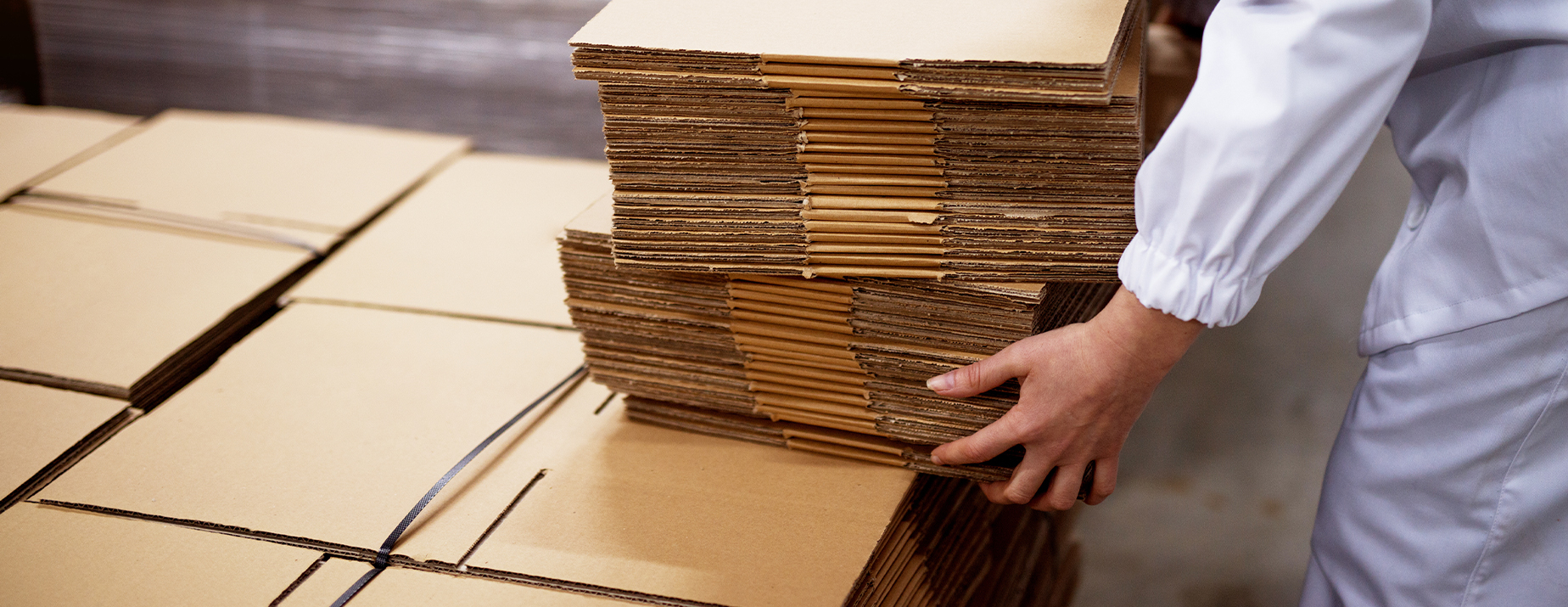Where Are My Cardboard Boxes?
A ‘perfect storm’ has been brewing within the packaging industry over the last 12 months which has led to a nationwide shortage of cardboard, and customers across the country struggling to purchase their perfect packaging.

A ‘perfect storm’ has been brewing within the packaging industry over the last 12 months which has led to a nationwide shortage of cardboard, and customers across the country struggling to purchase their perfect packaging.
Over the past few weeks and months, customers may have noticed that a few of our boxes are now showing as being out of stock, with some showing wait times leading into May. As a company that holds hundreds of thousands of boxes in stock, this is a truly unprecedented time for not only us here at UKPackaging, but for the packaging industry as a whole. Whilst we would like to reassure our customers that we have large quantities of boxes and cardboard packaging coming in to us on a daily basis, and we are managing stock levels well despite these delays, it is also important to us that customers are kept aware of this ongoing situation.
What Has Caused The Cardboard Shortage?
The Pandemic Problem
A variety of factors have come together over the final few months of 2020 and the first few of 2021 that have led to this shortage, with the first warning signs reaching back to March 2020 and the beginning of the pandemic. With the initial fear and uncertainty of the looming lockdowns, many retailers were forced to move more of their sales to online platforms in order to reach customers when brick and mortar stores were unable to open, this led to an initial increase in the number of boxes being required for shipping and deliveries. These smaller packages also then led to more household cardboard that was in need of recycling however, during the months of March, April and May, recycling centres were closed, leaving many customers to resort to disposing of their used cardboard with other household waste instead of it re-entering the recycling chain. This also led to an increase in cases of illegal ‘backyard burning’ of these additional waste items. This also led to a shortage of recycled pulp and fibre re-entering the production cycle for cardboard, causing a huge problem for cardboard manufacturers as 84% of Europe's cardboard is made from recycled fibres. Many paper mills also experienced shutdowns during this time due to the new Coronavirus restrictions, and have had to make changes to their usually staffing and maintenance schedules since reopening in order to comply with COVID-safe regulations.

As the lockdown continued, the amount of cardboard available in the recycling chain was slowly decreasing, with significantly less being returned to the cycle and made available to create new boxes. This was further impacted by an increase in demand for fibre in Europe with many borders closing and leading countries such as Germany (the biggest European cardboard exporter) no longer able to source the fibre from Poland and having to seek the materials from the UK and France.
Peak Packaging Season
These shortages of both raw and recycled materials finally started to come to a head towards the end of October 2020 as online sellers and customers started to prepare for the busy holiday season, with an additional 200 million home deliveries during the Christmas period compared to previous years. Included in this increase were a variety of new small businesses that have been founded and grown throughout the pandemic in response to job losses and redundancy fears alongside a nationwide effort to support small, local businesses. By November 2020, 36.2% of retail sales were taking place online, a jump from 20% in the previous year, hitting a 13-year high and outperforming the predicted levels by 7.8%.
EU Uncertainty
This massive increase in consumer demand also collided with the deadline for Brexit, and many companies had begun to stockpile materials such as boxes and other packaging due to uncertainty over the deal and any potential ramifications. These anticipated ramifications also began to hit at the beginning of the year with longer wait times on cardboard and packaging material imports, caused by longer wait times at the border and changes to customer procedures that were coming into effect. Thankfully, this initial stumbling block seems to be resolving itself with better processes and adjustments to new procedures.

What Happens Now?
Following the initial shortages, many cardboard producers and suppliers have developed new procedures in order to continue operations in a COVID safe manner, helping to increase production capacity back to pre-pandemic levels. These new procedures have also included making amendments to staffing and working times in order to cover the original shortfall and to help provide a more steady supply of stock to retailers and customers. Recycling centres have also now re-opened and many councils are also increasing their kerbside cardboard collection to help maintain the production chain. This should therefore make more pulp available for the production of cardboard and packaging materials, helping to facilitate the return to pre-COVID levels.
Unfortunately, the pandemic has ushered in a greater demand for online ordering and smaller, more regular deliveries which has now become a new normal for suppliers and consumers. This suggests that, whilst the packaging industry continues to make adjustments to these new levels, there may continue to be some minor delays to stock lead times in the coming months.
As a company, we are making every effort to inform our customers of lead times and stock delivery dates to provide as much information as possible and to help our customers to make an informed decision regarding their packaging choices. However, we would also recommend that customers try to order ahead of time to ensure plentiful stock is available. This is particularly important in the case of our bespoke boxes and printed goods, as we are currently recommending allowing a lead time of 30 working days to avoid disappointment.


